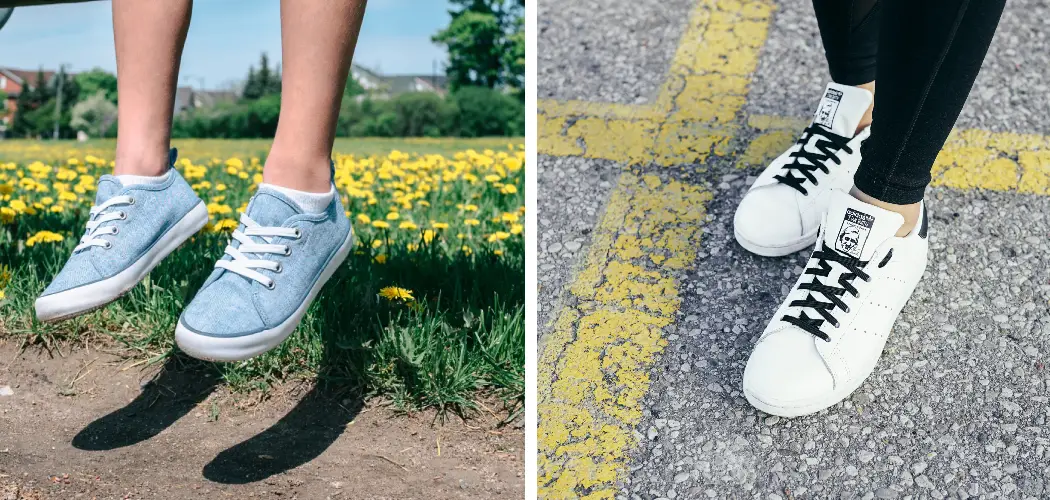In today’s fast-paced world, convenience and efficiency in every aspect of daily life, including our wardrobe choices, have become increasingly valued. No-tie shoelaces embody this principle by offering a modern twist on traditional shoelaces, blending practicality with style seamlessly. By exploring how to use no-tie shoelaces, individuals can enjoy footwear that is comfortable and functional and aligns with contemporary fashion standards. These innovative shoelaces eliminate the need for tying, making them a perfect solution for people of all ages seeking both ease of use and an enhanced fit.
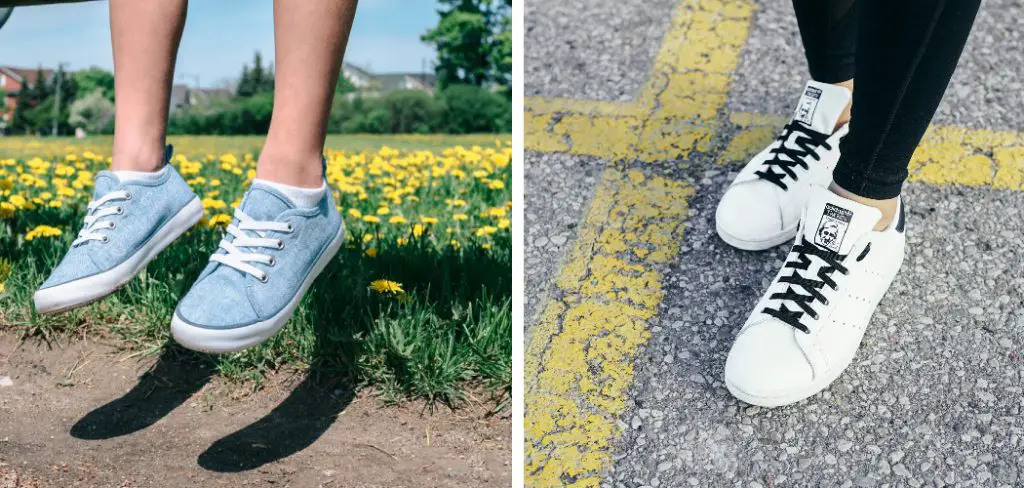
This guide aims to provide practical tips and techniques on how to use no tie shoelaces, ensuring a hassle-free shoe experience. From installing to adjusting no-tie shoelaces, readers will learn how to revolutionize their shoe-wearing experience, granting them more time to focus on life’s more important tasks while still enjoying the comfort and style of their footwear.
Understanding No-Tie Shoelaces
No-tie shoelaces represent a significant leap forward in footwear technology, primarily through three key features: their elastic material, adjustable length, and versatile designs.
A. Elastic Material
At the heart of no-tie shoelaces’ appeal is the stretchy elastic material from which they are made. This elasticity allows for easy installation, requiring the wearer to simply thread the laces through the shoe’s eyelets once before enjoying a perfect fit that doesn’t require further adjustment. The material’s flexibility ensures that the shoes can comfortably expand and contract with the foot, providing a snug yet comfortable fit that accommodates movement without the need for retying.
B. Adjustable Length
Another noteworthy feature of no-tie shoelaces is their adjustable length. Unlike traditional laces, which come in a fixed length, most no-tie shoelaces can be tailored to fit various shoe sizes and styles, from children’s sneakers to adult running shoes and even dress shoes. This adaptability ensures a wider application across different footwear and means that users can find their perfect, custom fit, enhancing both comfort and stability.
C. Versatile Designs
Further amplifying their appeal, no-tie shoelaces are available in various designs and colors, catering to an extensive range of personal styles and preferences. Whether the objective is to complete an athletic look, add a pop of color to casual wear, or maintain a professional appearance with subtler tones, there’s a design to suit practically any shoe type. This versatility also extends to functionality, with certain no-tie shoelaces designed specifically for intense athletic activity, offering added security and resilience. In contrast, others focus more on ease of use and aesthetic appeal.
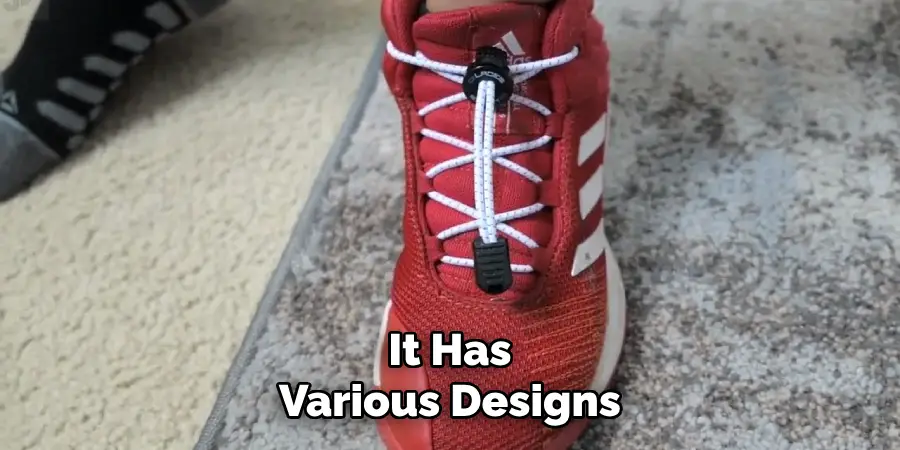
With their combination of practicality and style, no-tie shoelaces represent a modern solution to traditional shoelacing challenges, making them a compelling choice for anyone looking to enhance their footwear experience.
How to Use No Tie Shoelaces: Installation and Adjustment
The transition to no-tie shoelaces begins with a simple yet crucial step – removing the original laces from your shoes. This initial action paves the way for installing your new no-tie shoelaces, setting the stage for a transformative shoe-wearing experience.
A. Remove Existing Laces
Before installing your no-tie shoelaces, carefully remove the existing ones from your shoes. Ensure that you clear out all lace segments from each eyelet to avoid any hindrances during the installation of the no-tie shoelaces.
B. Thread Shoelaces
With your shoes ready, proceed to thread the no-tie shoelaces through the eyelets. Start from the toe end and work your way up to the top, evenly distributing the laces across the shoe. This step is crucial for achieving a balanced fit and maximizing comfort.
C. Adjust Fit
Once the no-tie shoelaces are in place, adjust the tension and length according to your preference. The right tension should provide a snug fit without being too tight, allowing your feet to move comfortably. Feel free to experiment with the fit until you find the perfect balance of comfort and support.
D. Trim Excess Length
After adjusting the fit, you may find that there’s excess length on the no-tie shoelaces. Carefully trim any surplus lace to prevent it from hanging loose or getting caught, which could pose a tripping hazard. Ensure you leave enough length to retain the elasticity and functionality of the laces.
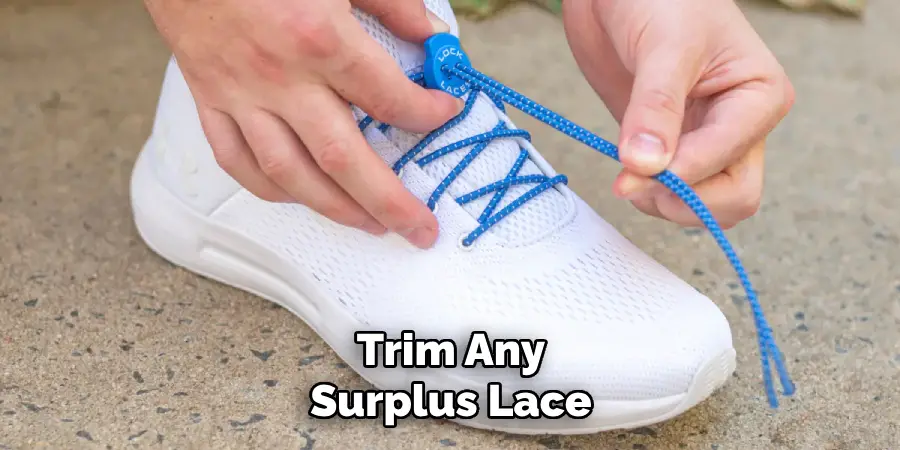
By following these steps, you can effortlessly transition to using no-tie shoelaces. This enhances the convenience and ease of wearing shoes and ensures a custom, comfortable fit that adapts to your lifestyle and activities. The installation and adjustment process is straightforward, yet it significantly impacts your daily routines, offering a practical and stylish solution to traditional shoelacing.
How to Use No Tie Shoelaces: Styling Tips and Techniques
No-tie shoelaces are not just about convenience and comfort; they also offer versatile styling options to complement every look, from casual weekends to professional settings. Here’s how you can incorporate no-tie shoelaces into your wardrobe for an added touch of practicality and style.
A. Casual Looks
For those seeking a relaxed and effortless style, pairing shoes equipped with no-tie shoelaces with casual outfits like jeans and t-shirts is the way to go. This combination is perfect for weekend outings, informal gatherings, or just a comfortable day out. No-tie shoelaces in neutral colors like black, grey, or white can seamlessly blend with most casual wear, while bolder colors can introduce a fun burst of energy to your look.
B. Athletic Wear
Athletes and fitness enthusiasts can significantly benefit from opting for no-tie shoelaces for their athletic shoes. These shoelaces enhance comfort and performance during workouts, runs, and other activities by ensuring a secure fit that adapts to movement without coming loose. Select no-tie shoelaces designed for high intensity and endurance for the best experience. This improves functionality and adds a stylistic edge to your athletic gear.
C. Professional Attire
Maintaining a polished and professional appearance doesn’t have to mean sacrificing convenience. Choose no-tie shoelaces for your dress shoes to keep the look sharp and refined. Opt for subtle colors that match your shoes for a cohesive look that doesn’t draw attention away from your overall attire. This option is particularly useful for professionals who are on their feet a lot, offering an unbeatable combination of style, comfort, and practicality.
D. Fashion Forward
For those who love to make a style statement, experimenting with different shoelace colors and designs can add a pop of personality to your outfits. No-tie shoelaces come in an array of vibrant colors, patterns, and materials, allowing you to customize your footwear to suit your mood or the occasion. From neon hues to metallic threads, the possibilities are endless. Mix and match your shoelaces with your outfits to create a unique and eye-catching look.
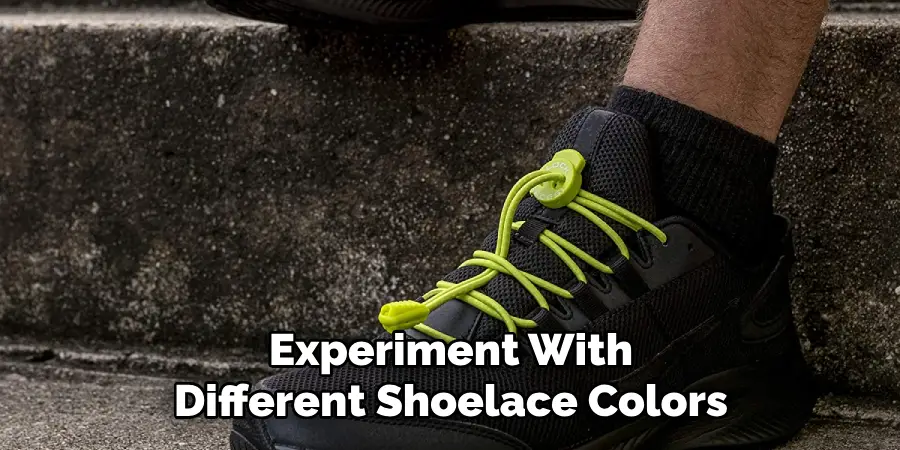
Integrating no-tie shoelaces into various aspects of your wardrobe ensures ease and functionality and offers an opportunity to express your style. Whether you’re dressing down for a casual day, hitting the gym, stepping into the boardroom, or making a fashion statement, no-tie shoelaces can elevate your footwear game.
Care and Maintenance
Ensuring the longevity and appearance of your no-tie shoelaces involves regular care and maintenance. Through simple yet effective practices, you can keep your laces in top condition, maintaining both their functionality and aesthetic appeal.
A. Regular Cleaning
Unlike your shoes, no-tie shoelaces can accumulate dirt and grime over time. To maintain their appearance and elasticity, cleaning them regularly is important. A gentle cleaning with mild soap and lukewarm water will do the trick. Simply apply a small amount of soap to the laces, gently rub to remove dirt, and then rinse thoroughly. This method effectively keeps your shoelaces looking fresh without compromising their integrity.
B. Gentle Washing
Occasionally, a more thorough wash is needed, especially after intense activities or exposure to substantial dirt. No-tie shoelaces can be washed in a washing machine, provided they are placed inside a mesh laundry bag to prevent tangling. Use a gentle cycle with mild detergent to preserve the quality and shape of the laces. Avoid using bleach or fabric softeners, as these can degrade the materials of the shoelaces over time.
C. Air Drying
The final and perhaps most crucial step in the care process is drying your no-tie shoelaces. Always opt for air drying and avoid direct heat sources like dryers, radiators, or prolonged exposure to sunlight, as these can damage the elastic materials, leading to loss of elasticity and possible deformation. Spread the laces out in a well-ventilated area and allow them to dry completely before reinstalling them in your shoes. This practice not only helps preserve the laces but also prevents the growth of mold and unpleasant odors.
By following these simple care and maintenance steps, you can ensure your no-tie shoelaces remain functional, comfortable, and visually appealing for a long time. Regular cleaning, gentle washing, and proper drying techniques are key to extending the life of your no-tie shoelaces, allowing you to enjoy the convenience and style they bring to your footwear without unnecessary replacements or wear and tear.
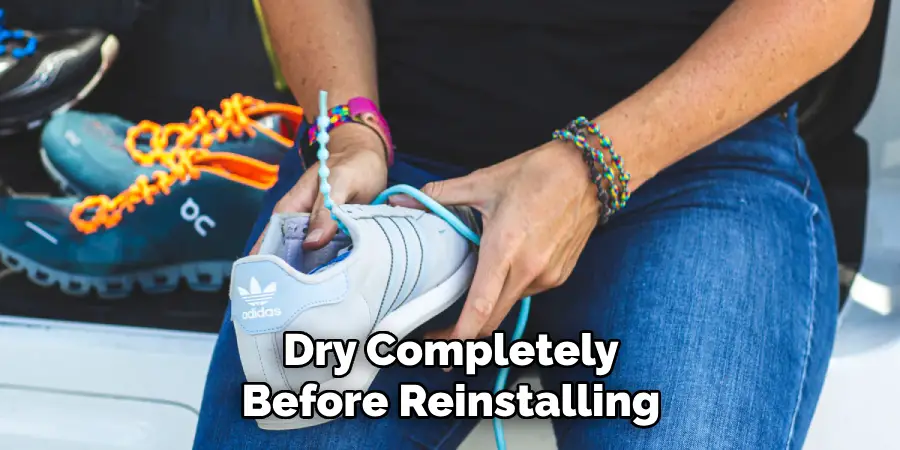
Practical Considerations
When incorporating no-tie shoelaces into your wardrobe, several practical considerations should be made to maximize their benefits and ensure satisfaction.
A. Fit and Comfort
The key to harnessing the full potential of no-tie shoelaces lies in achieving the perfect fit and comfort. This can be accomplished by adjusting the tension and length of the shoelaces according to your personal preference. A proper adjustment ensures a snug yet comfortable fit that supports your feet without causing undue pressure or discomfort throughout the day.
B. Shoe Compatibility
Before transitioning to no-tie shoelaces, verifying their compatibility with your footwear is crucial. While these shoelaces are designed to suit a wide range of shoes, checking for proper installation points and ensuring they can accommodate the unique design of your shoelaces is essential for optimal functionality. This ensures that the shoelaces can be securely fastened and will perform as expected.
C. Durability
Investing in high-quality no-tie shoelaces is advisable to guarantee durability and performance over time. High-quality materials and construction will withstand regular use and maintain their elasticity, appearance, and functionality. This enhances the overall experience and provides value for money by reducing the need for frequent replacements.
3 Common Mistakes People Make When Trying to Use No Tie Shoelaces
No tie shoelaces are a game-changer, promising convenience, comfort, and a neat look without the hassle of tying your shoes every time. They’re perfect for everyone, from busy parents trying to get their kids out the door to athletes looking for a quick transition and secure fit. However, making the switch isn’t always as straightforward as it seems. Here are three common mistakes to avoid when giving no tie shoelaces a try.
Mistake 1: Choosing the Wrong Size or Type of No Tie Shoelaces
Not all shoes and activities are created equal, and neither are no tie shoelaces. A common pitfall is assuming one size fits all or that the same material will work for every shoe and activity.
What You Need to Know:
- Size Matters: Make sure to measure your shoe’s eyelets and choose a length that ensures a snug fit. Too long, and you’ll have excess lace that looks sloppy; too short, and you’ll struggle to fit your foot comfortably.
- Material Choices: Silicone and elastic are popular materials, but they serve different needs. Silicone laces offer a more rigid fit, ideal for casual shoes, while elastic laces provide flexibility, perfect for sports shoes.
- Activity Appropriateness: Consider your primary activity. Are you running marathons, or do you need something for daily wear? Your activity will dictate the best type and material for your no tie shoelaces.
Mistake 2: Incorrect Installation
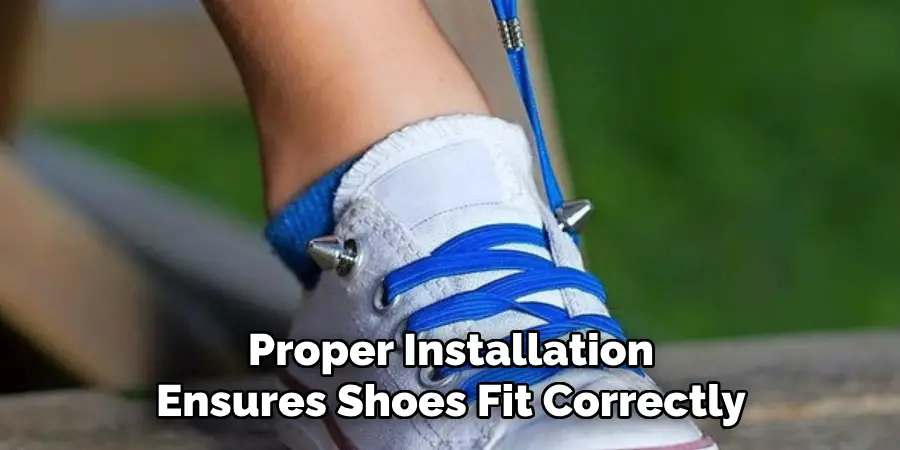
Incorrectly installing no tie shoelaces can lead to a less secure fit, making your shoe feel loose or uncomfortably tight. Proper installation ensures your shoes fit correctly and stay on, regardless of activity.
Installation Tips:
- Follow Instructions: Start by reading the instructions carefully. Each brand may have a slightly different method.
- Even Distribution: Ensure the laces are evenly distributed across each eyelet to prevent uneven pressure on your foot.
- Secure Ends: Whether your no tie laces lock, clip, or tuck in, make sure the ends are secure to prevent them from coming loose.
Mistake 3: Not Adjusting for Comfort and Performance
One of the biggest advantages of no tie shoelaces is the ability to customize fit and comfort. However, many people set them once and forget to adjust them over time or for different needs.
Finding the Perfect Balance:
- Initial Adjustment: Find the right tension that balances comfort and security. Your shoe should feel snug but not constrictive.
- Reevaluate Regularly: Feet swell and conditions change. What works for a morning walk might not be ideal for an evening run. Adjust as needed.
- Listen to Your Feet: Comfort is key. If you’re experiencing discomfort or your shoes feel too loose or tight, re-adjust the tension.
No tie shoelaces offer a convenient solution for anyone looking to save time and hassle. By avoiding these common mistakes, you can ensure a perfect fit and superior comfort, whether you’re a parent on the go, an athlete in training, or anyone in between.
Frequently Asked Questions (FAQs)
Q1: Can No-Tie Shoelaces Be Used on All Types of Shoes?
A1: No-tie shoelaces are versatile and can be utilized on various shoes, including athletic, casual, and formal footwear. However, it’s important to check the compatibility with your specific shoe type, as some designs or eyelet configurations may not be suitable.
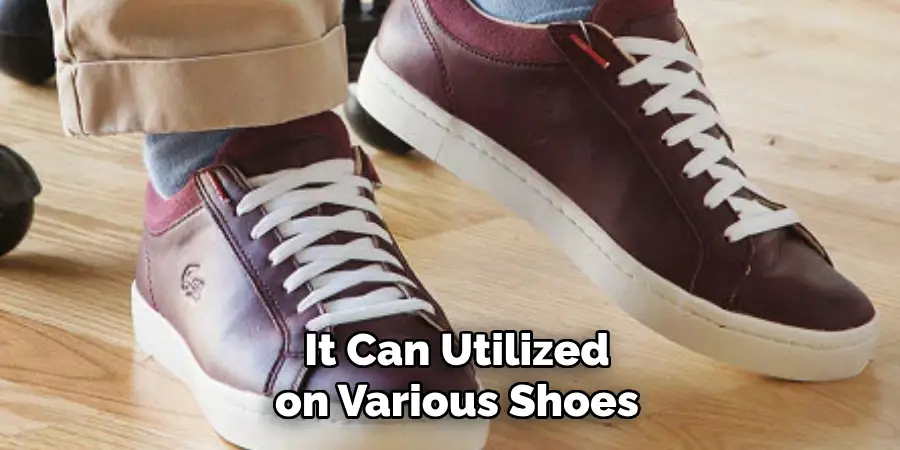
Q2: How Do I Clean My No-Tie Shoelaces if They Get Very Dirty?
A2: For heavily soiled no-tie shoelaces, a gentle hand wash with mild soap and lukewarm water is recommended. Place them in a mesh laundry bag and wash them gently in the washing machine for more thorough cleaning. Always air dry the shoelaces away from direct heat sources.
Q3: Are There Any Special Techniques for Adjusting the Tension on No-Tie Shoelaces?
A3: Adjusting the tension of no-tie shoelaces involves experimenting with the placement and tightness of the lace segments. Start by inserting the laces loosely, then gradually tighten each segment until you achieve a comfortable, secure fit. Remember, the goal is to balance comfort and support without restricting blood flow or causing discomfort.
Q4: How Long Do No-Tie Shoelaces Typically Last?
A4: The lifespan of no-tie shoelaces largely depends on their quality, how often they’re worn, and how well they’re maintained. High-quality no-tie shoelaces can last several years with proper care, including regular cleaning and avoiding exposure to extreme conditions.
Q5: Can I Switch My No-Tie Shoelaces Between Different Pairs of Shoes?
A5: Yes, you can transfer no-tie shoelaces between shoes as long as they are compatible with the eyelet size and design of the footwear. It’s a convenient way to freshen up your shoes or adjust for different activities or outfits.
Q6: What Should I Do if My No-Tie Shoelaces Lose Their Elasticity?
A6: If your no-tie shoelaces have lost their elasticity, it may be time to replace them. Continuous stretching and exposure to various conditions can degrade the materials over time, affecting their performance and comfort.
By incorporating no-tie shoelaces into your footwear collection and following these guidelines, you can enjoy the convenience, style, and functionality they offer.
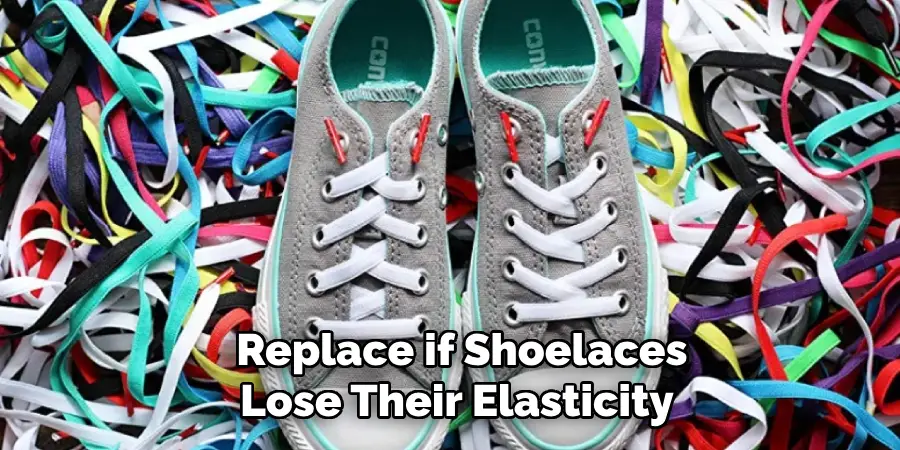
Conclusion
This guide explored how to use no tie shoelaces to blend convenience and comfort into your daily footwear routine. By adopting the tips and techniques shared, including ensuring a perfect fit, verifying shoe compatibility, and adhering to care and maintenance practices, you can maximize the functionality and longevity of your no-tie shoelaces. We encourage you to embrace the practicality and distinctive style that these shoelaces offer, transforming your shoe-wearing experience into an effortless part of your everyday wear. No-tie shoelaces are not just about saving time; they’re about stepping out with confidence and style and enjoying unparalleled convenience and comfort. Integrating these innovative shoelaces into your footwear will pave the way for a more efficient, stylish, and comfortable lifestyle.

